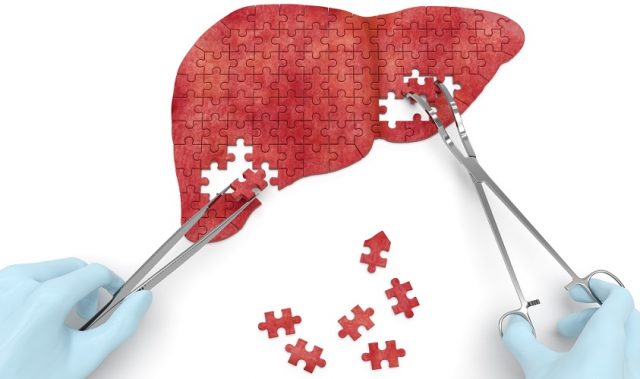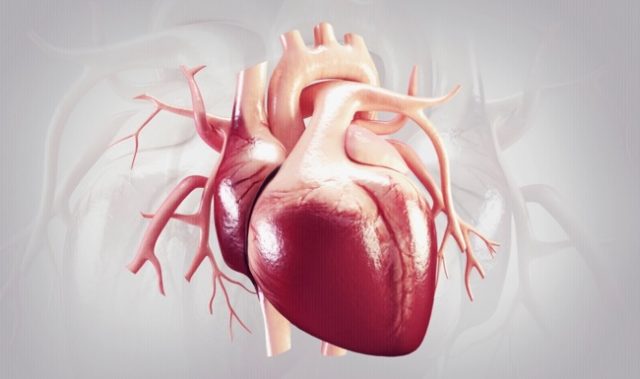
AsianScientist (Oct. 5, 2015) – Scientists from A*STAR’s Institute of Medical Biology (IMB) have discovered that the recently-identified hormone ELABELA is critical in promoting the growth of human embryonic stem cells (hESCs), suggesting its potential as a target for applications in tissue engineering and regenerative medicine. The study has been published in Cell Stem Cell.
With the promising discovery of hESCs and induced pluripotent stem cells (iPSCs) as a way of generating new cells, regenerative medicine appears to be increasingly feasible. However, much remains unknown about the underlying mechanisms of hESCs, and as such, their widespread adoption in regenerative medicine still remains to be seen.
So far, only a few growth factors for hESCs have been discovered. In the present study, researchers have identified ELABELA as necessary for hESCs to self-renew and differentiate, making it a potential target to stimulate hESC growth.
They found that genetically deleting ELABELA or inhibiting it with a neutralizing antibody resulted in compromised hESC growth, the loss of pluripotency, and increased cell death. This discovery points to a new role for the ELABELA hormone, which was previously known for its role in early blood vessel and heart development.
The team further discovered that ELABELA promotes hESC growth through activating the indispensable PI3K/AKT/mTORC1 pathway, known to regulate cell growth and viability, by promoting cell cycle progression and optimal protein translation. Prior to this, the PI3K/AKT pathway was known to be important for the growth of hESCs, but which endogenous growth factor was driving this effect was not clear.
By activating this pathway, ELABELA also protects the hESCs, and therefore presumably early human embryos, against the intrinsic cell death (apoptosis) pathway which is activated by a variety of cellular and environmental stresses. Given the high susceptibility of hESCs to spontaneous apoptosis and differentiation, ELABELA not only enhances their growth, but also performs the critical function of ensuring their survival.
In regenerative medicine, a key problem is ensuring the stability and survival of hESCs for future differentiation and transplantation. These results suggest that clinicians and scientists can manipulate ELABELA to ensure optimal hESC growth during scale-up of cell production for clinical applications, thus making regenerative medicine more accessible and increasing the chances of successful cell replacement.
Corresponding author Dr. Bruno Reversade, whose team discovered ELABELA two years ago, said, “I foresee significant and immediate applications of our discovery, because ELA and its cell surface receptors are readily druggable and have tangible clinical indications.”
Professor Birgit Lane, Executive Director of IMB, stated, “This discovery underscores the continued importance of basic research in laying the foundation for clinical applications, and it is very gratifying to see such impact emerging from innovative research, with long-term translational potential for improving healthcare.”
The article can be found at: Ho et al. (2015) ELABELA is an Endogenous Growth Factor that Sustains hESC Self-Renewal via the PI3K/AKT Pathway.
—–
Source: Agency for Science, Technology and Research Singapore; Photo: CodonAUG/Flickr/CC.
Disclaimer: This article does not necessarily reflect the views of AsianScientist or its staff.












